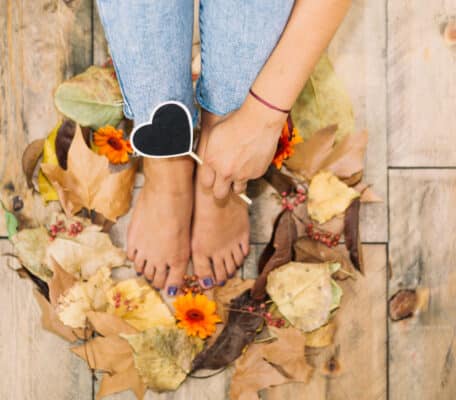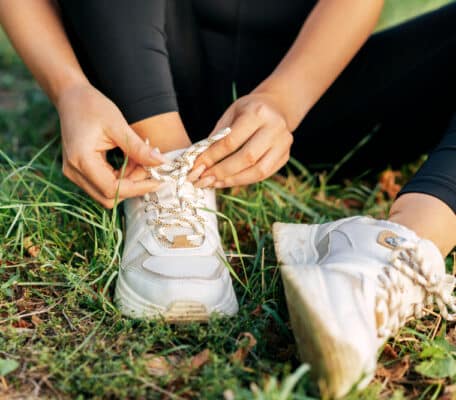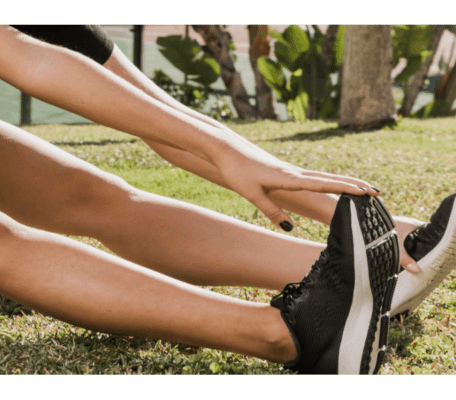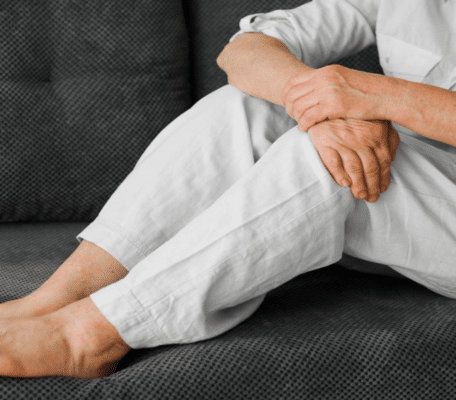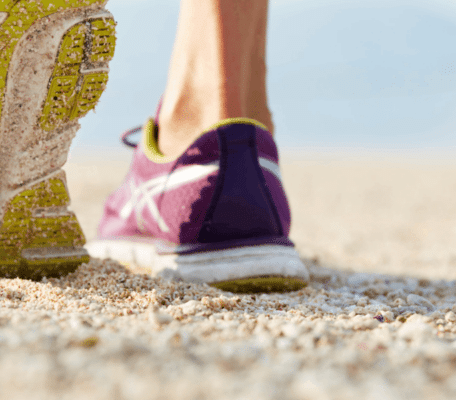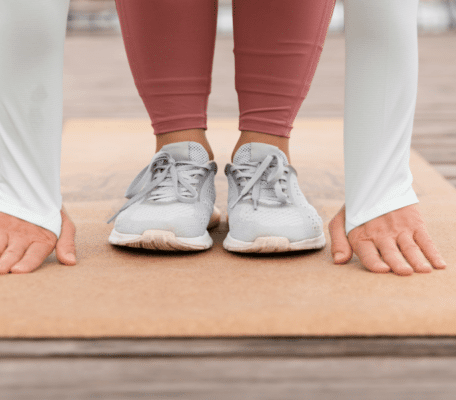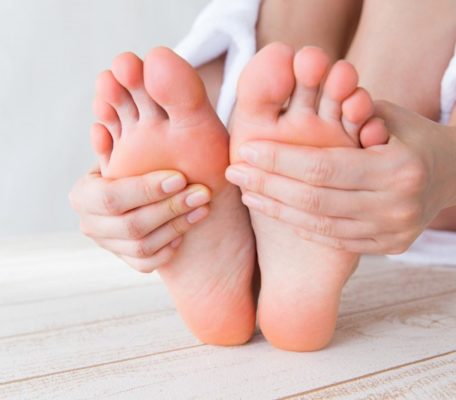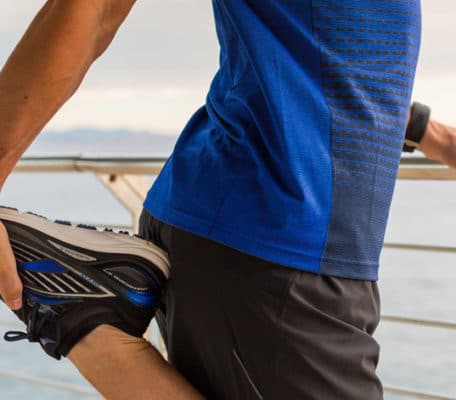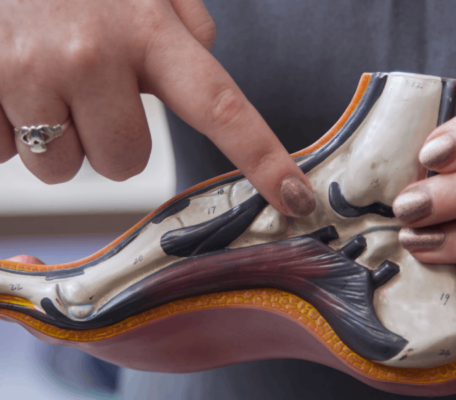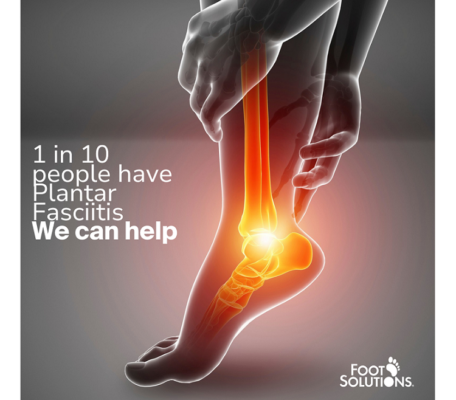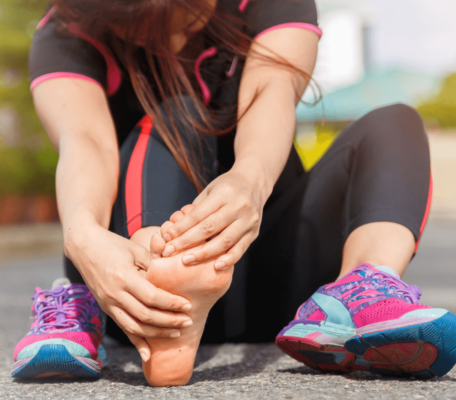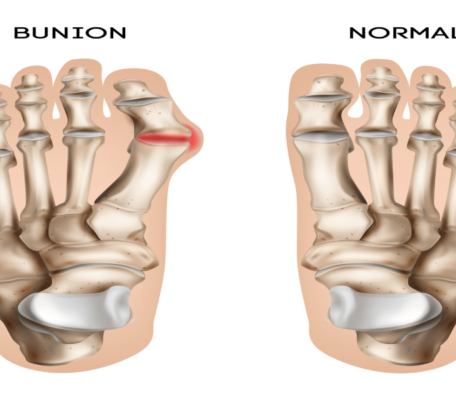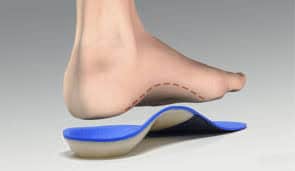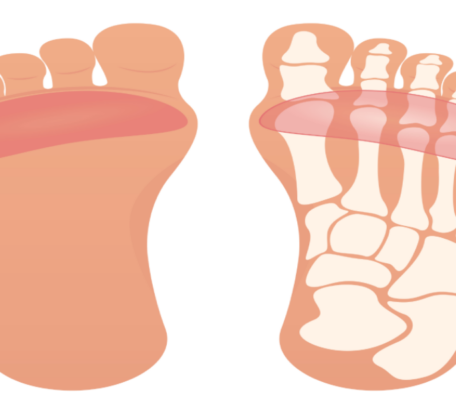When the nights draw in, you’ll find yourself reaching for the thick socks and blankets that will keep you cosy and warm, and you may spend your days wearing heavier shoes or boots that do not allow your feet to breathe as easily as summer footwear. This is a great time to give your feet a little TLC, taking the time to care for them properly and ensuring that they stay healthy and comfortable all winter long.
The cold weather can be harsh on skin in general, and we often use more moisturising products in the winter. It’s easy to forget about your feet, however, and they are as much in need of some extra effort as the rest of your body. The winter is actually a great time to care for your feet and we’ll explain why and how you can do this in a few simple steps. Read on for our guide to winter foot care and give your feet the attention they need this year!
Give your feet a break
The winter is an excellent time to give your feet a break, especially if you spend the summer months showing them off with nail polish and pedicures. Extended use of products such as this on your feet can lead to weak and discoloured nails and may increase the risk of infection, so it’s a good idea to let your feet go natural in the winter when you are not wearing sandals or showing off your toes!
When you wear heavier shoes and boots, though, it’s more likely that bacteria will build up and this can be problematic for feet. It’s really important to pay attention to your foot hygiene at this time of the year in order to avoid problems such as Athlete’s Foot, and this doesn’t have to be arduous. We suggest a footcare routine that includes:
• Washing your feet with soap and water. It’s easy to assume your feet are being washed in the shower, but paying attention to washing them thoroughly with soap and water every day will mean you rid them of bacteria and keep them feeling fresh. Ensure that you dry them carefully to avoid putting damp skin into socks and shoes, as this can also lead to bacteria growth.
• Exfoliating hard skin. Hard skin tends to build up around the heels and the sides of the feet and this can crack and cause pain during the winter. Exfoliating your feet carefully can really help, gently working the hard skin loose with a foot file, pumice stone or exfoliating gloves to reveal the smooth skin underneath.
• Moisturising your feet. It is helpful to moisturise your feet regularly and you should choose a gentle moisturising cream that nourishes your feet thoroughly. After washing and drying, take the chance to give yourself a foot massage and rub moisturising cream into your feet, allowing it to sink in before you put on your socks and shoes.
• Keeping nails short. If your toenails are too long, this can cause problems such as in-grown toenails when they are in closed footwear all the time and this can be very painful. You should cut your toenails regularly, cutting them straight across to avoid ingrown nails. You can also file your nails after cutting to prevent sharp edges.
• Check your feet for damage. If you are caring for your feet on a daily basis, you will soon notice any changes in the feet that may need further attention. Keep an eye out for wounds and ensure that they are healing properly, and seek medical advice immediately if you notice any loss of sensation or feeling in the feet as this can be a sign of circulatory problems or other conditions.
If you are unable to manage your foot care routine yourself or if you have a condition such as diabetes, which can make foot problems more common and more concerning, you should visit a podiatrist or chiropodist regularly to have your feet looked after.
Go barefoot
In the summer, you have more chances to go barefoot and allow your feet to breathe. In the winter, it’s important to give your feet a break from your shoes and wearing slippers or indoor shoes at home can be helpful. Instead of wearing the same shoes all the time, you should alternate your footwear and allow your shoes to air so that bacteria cannot build up inside. If your home is warm enough for you to give your feet a complete break from footwear, this is a good idea but for most people, just removing your socks when you are in bed is a good way to allow them to breathe.
If you are prone to Athlete’s Foot or you notice that your shoes smell, you may wish to try an anti-bacterial foot or shoe spray to prevent a build up of bacteria. It is very important to allow shoes to dry thoroughly when you have been outdoors, and you should store them where they can air – not in a dark cupboard!
Wear the right shoes
Wearing shoes that fit correctly and protect your feet is essential to maintain good foot health and prevent painful foot conditions. You should have your shoes fitted professionally and ensure that your toes are not cramped, as this can lead to calluses and bunions when the bones of the feet do not have enough space to spread and the skin of the feet rubs. You should ensure that there is room in your shoes for a thick pair of socks to offer more protection against the elements, and it is ideal to try shoes on in the afternoon as our feet expand naturally throughout the day.
Many people wear boots in the winter, and these are a good choice if they fit well and allow your feet room to move. Winter shoes should be waterproof and should keep your feet warm and dry, especially if you are outside for long periods of time. You should opt for shoes with a non-slip sole if you are walking on uneven surfaces, especially if there is a possibility of ice, and you should always ensure that your shoes are fastened securely.
Choose breathable socks
Socks make a big difference to the health of your feet and you should choose socks that are made of wool or cotton instead of synthetic fabrics to allow your feet to breathe. Natural fabrics will also help to keep your feet warmer in the winter! Wool socks are the ideal choice as wool is a very practical fibre that can hold heat in when it is cold and allow sweat to wick away when it is hot. If you wear more than one pair of socks for extra warmth, make sure that your feet are not being squashed and that the socks are not too tight as this may restrict blood flow to your feet.
Change shoes to exercise
When you are exercising, you will need to wear shoes that give you appropriate support and cushioning. If you are running, for instance, you will need shoes that have inbuilt cushioning in the soles and offer good support and protection for the whole foot to absorb the shock as your feet hit the ground. It is vital that every pair of shoes you wear fits you properly but this is especially important when it comes to exercising. You should visit a professional fitter and consider options such as a gait analysis to ensure that your shoes are suitable for your feet and that you are not risking causing damage to them.
Visit Foot Solutions to treat your feet
The health of your feet matters to us, and we can help you to keep your feet in tip top condition. Wearing the right size and shape shoes and choosing socks that allow your feet to breathe is a great place to start, and you can find out more about products that help to prevent a build up of bacteria in the shoes. Looking after your feet on a daily basis will keep them strong and healthy and will also alert you to any potential problems quickly. If you are concerned about the health of your feet, you should visit your doctor or a foot specialist for advice.
Our friendly team at Foot Solutions can help you to take good care of your feet and find shoes that will make them feel great. We will measure your shoes and check that they fit you correctly to reduce the risk of painful foot conditions, and we will advise you on the best socks and insoles to use to ensure that your feet are supported in all the right places. Pop into one of our branches and make the most of our expertise to keep your feet looking and feeling great all year round.


